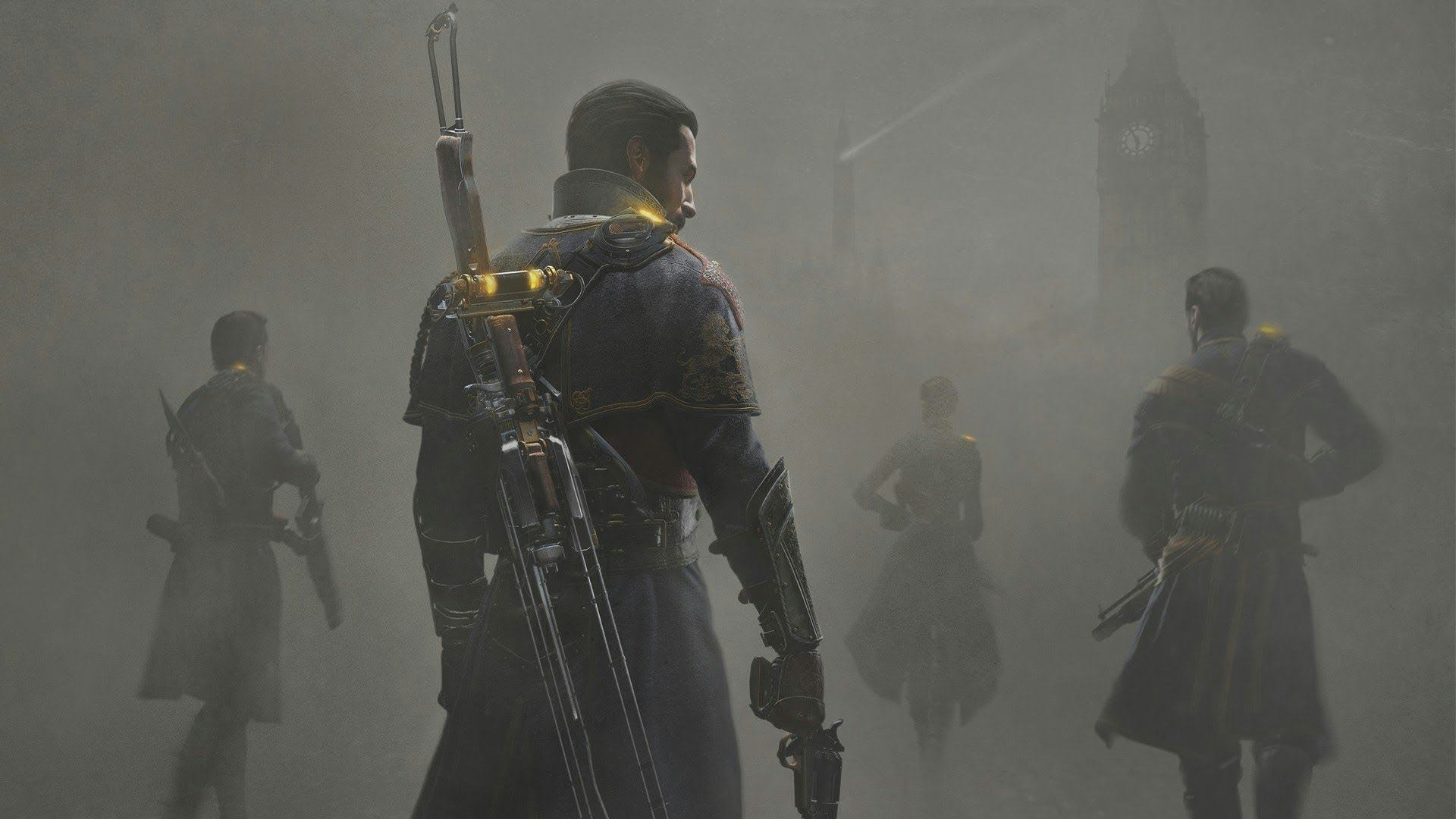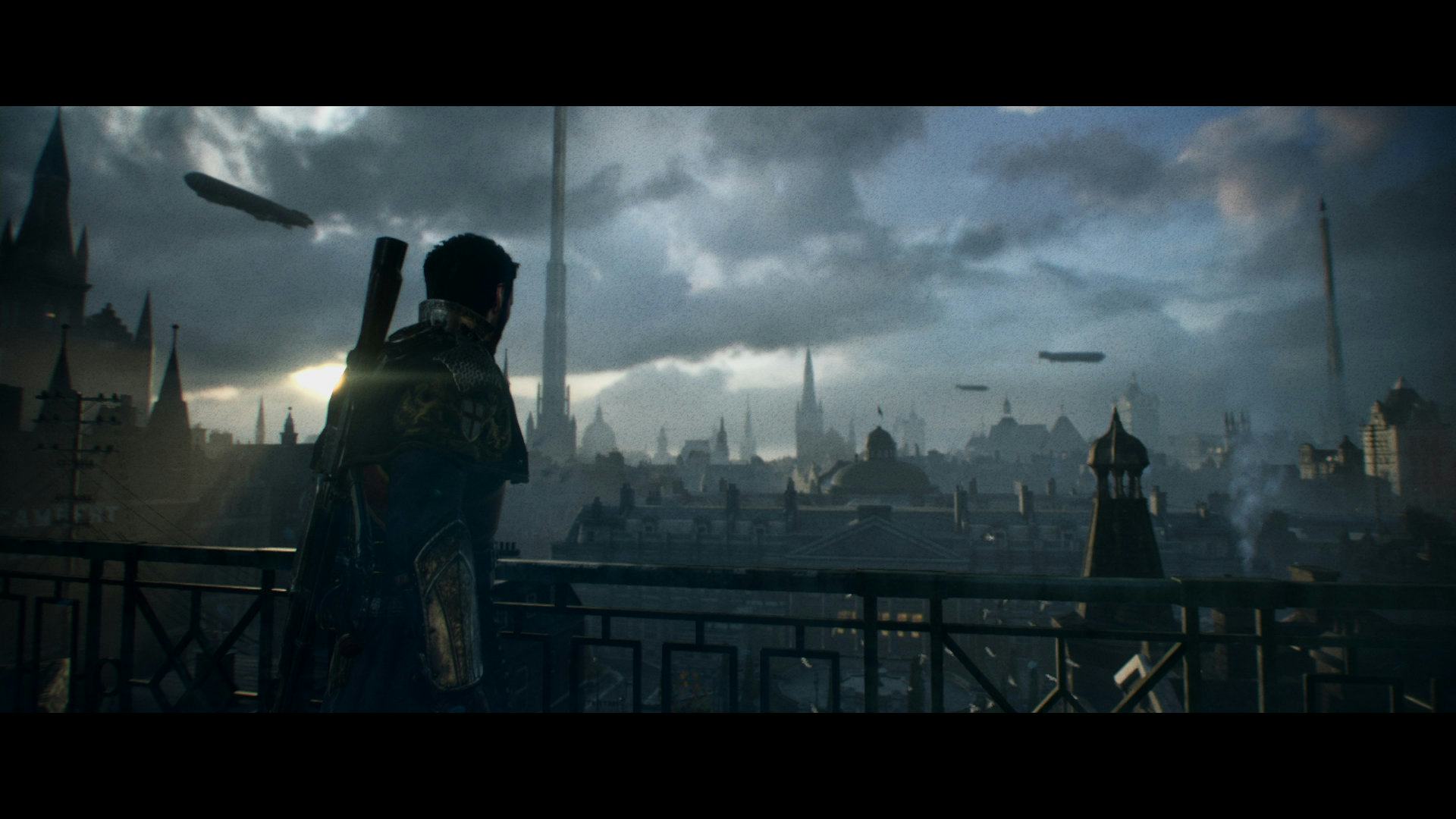
A secret order of knights with a mission to hunt down werewolves and vampires in a steampunk version of London sounds like a pretty great pitch for a game — or just about any medium, really. That’s exactly what you get in 2015’s The Order: 1886, a PlayStation 4 exclusive title that has mostly disappeared into obscurity after receiving middling reviews. Eight years later, the game may not be the best Sony has to offer, but the interesting world and jaw-dropping graphics that remain great even today make it a good time if not a great game.
If anything, playing The Order: 1886 today is the equivalent of sitting down with a pulpy B-horror movie and loving it despite its flaws.
The Order was developer Ready at Dawn’s first foray into AAA game development. The studio had previously made several PlayStation Portable spinoffs of large Sony franchises like Jak & Daxter and God of War. But The Order: 1886 would be the studio’s first original IP and an advertisement for the power of the PlayStation 4. It’s a masterclass in cinematic composition for gaming because it looks better than some modern AAA games.
Mechanically, The Order takes heavy inspiration from Gears of War and relies on cover-based third-person action. Players have access to a variety of weapons (made by Nikola Tesla in-game!). The player assumes the role of Sir Galahad (a codename much like in the Kingsman films) who was tasked with combating a supernatural werewolf enemy that they call “half-breeds.”
Where the combat was lifted heavily from Gears of War, the inspirations for the story of The Order: 1886 are far more varied. Despite the short six-hour runtime, it manages to pack in inspirations from Dracula, Arthurian Legend, The League of Extraordinary Gentlemen — the list goes on and on. While none of these inspirations are skillfully tied into a solid story, what remains is something unlike any other game thanks to the pure ambition of the world. The eerie fog-covered steampunk London of The Order: 1886 is not easily dismissed from the mind.
If there is one thing The Order: 1886 is not lacking, it is vibes. This isn’t enough to keep a game afloat, even for the brisk runtime of The Order, but it does make it an enjoyable experience if you go into it understanding that it won’t be the very best game you’ve ever played. Which isn’t a crime! Mid games are often some of the most unique enjoyable experiences in the medium because they often have interesting original visions held back by a longer list of flaws, but there is a glimmer of something special.

At a time when the majority of Sony’s first-party lineup feels extremely similar, filled with AAA prestige tours like The Last of Us Part II and God of War Ragnarök, there is something missing. Despite the critical praise for both of these titles, it feels like Sony plays it safe. The Order: 1886 did something new and risky, which didn’t completely pay off, but it spoke to a willingness from Sony to risk it with unique projects.
Perhaps the greatest tragedy, then, of The Order: 1886 is that in the eight years since its initial release, there has been no sign of a continuation of the story. Despite the game ending with the perfect set-up for a sequel and an MCU-style post-credits scene.
Even without a chance of a future for The Order: 1886 (maybe in an alternate timeline) revisiting it today can be a welcome change from the 20+ hour light RPGs that seem to dominate the AAA industry, especially at Sony. In the course of six hours, you can sit down and experience one of the best mediocre games in the best decade — flaws and all.







